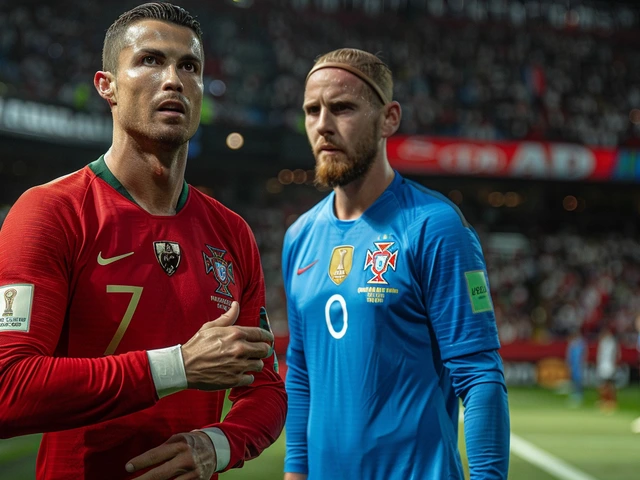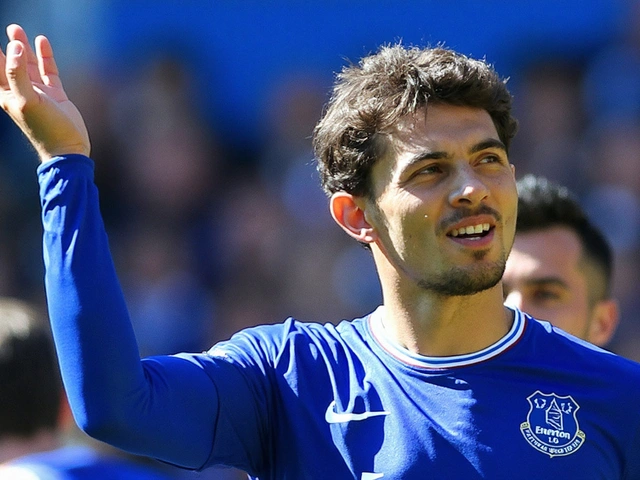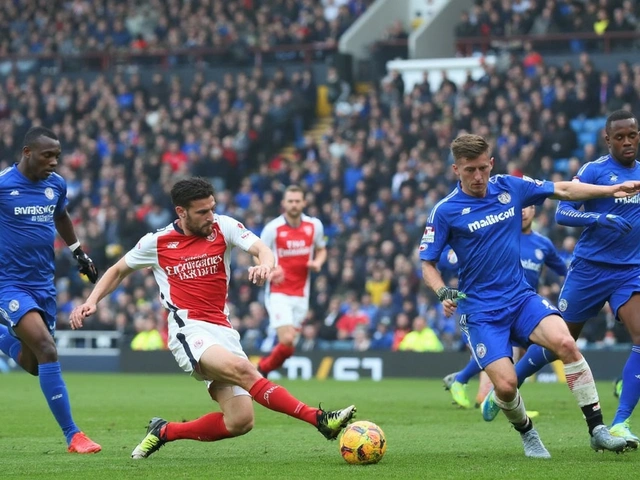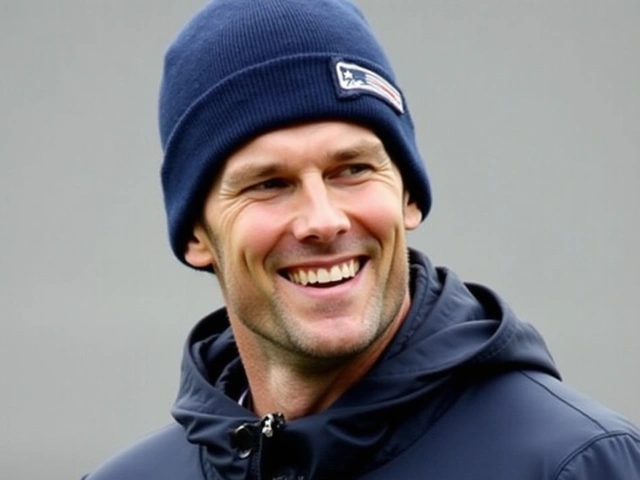Paul Kagame – Rwanda’s President and His Impact
When you hear the name Paul Kagame, you probably think of a leader who turned Rwanda into a story of rapid growth. He’s been in power for over two decades, and his name is on every conversation about African development, governance, and human‑rights debates.
Kagame’s Rise to Power
Kagame started his career as a rebel commander during the 1994 genocide. After the tragedy, the new government needed strong leadership to rebuild the shattered nation. Kagame stepped into the role of Vice‑President and Minister of Defence, then took over as President in 2000.
His early years were marked by a focus on unity and reconstruction. He pushed for a national identity that moved past ethnic labels, and that helped bring a sense of togetherness after the conflict. The government also began massive programs to clear land mines, rebuild schools, and set up basic health services.
Key Policies and Their Effects
One of Kagame’s biggest claims to fame is the economic turnaround. By attracting foreign investment, promoting technology, and improving infrastructure, Rwanda’s GDP grew at an average of 8% a year for many years. The country now boasts a modern airport, reliable electricity, and a growing tourism sector focused on wildlife and culture.
Education also got a boost. The government introduced free primary schooling and gave emphasis to science and tech. As a result, literacy rates climbed and more young Rwandans are training for jobs in IT and engineering.
However, the rapid progress comes with criticism. International observers and opposition groups say that political space is tightly controlled. Elections often end with Kagame winning by large margins, and critics argue that media freedom is limited. Human‑rights groups point to arrests of dissenters and restrictions on public protests.
On the foreign‑policy front, Kagame positioned Rwanda as a key player in East Africa. He joined the African Union’s peace‑keeping missions and forged strong ties with countries like the United States and China. Those relationships helped bring both aid and investment, but they also raised questions about Rwanda’s role in regional conflicts.
In everyday life, Rwandans see both the benefits and the drawbacks of Kagame’s rule. Many appreciate the safety, clean streets, and new opportunities, while others worry about the lack of political competition and the fear of speaking out.
Understanding Paul Kagame means looking at the full picture: a leader who lifted a nation out of devastation, but whose methods spark debate about democracy and freedom. Whether you view him as a visionary or a strong‑man, his influence on Rwanda’s path is undeniable.
So, if you’re following African politics, keep an eye on Kagame’s next moves. They’ll likely shape not just Rwanda, but also the broader conversation about how countries can grow quickly while balancing rights and governance.
Rwanda's Kagame Seeks Fourth Term Amid Controversial Elections: Voter Expectations & Opposition Challenges
As Rwanda holds its presidential and parliamentary elections, President Paul Kagame is seeking a fourth term in office. Over nine million registered voters are casting their ballots amid claims of strict opposition restrictions. Kagame, a central figure since the 1994 genocide, faces independent candidate Philippe Mpayimana and Frank Habineza of the Democratic Green Party.
View More





